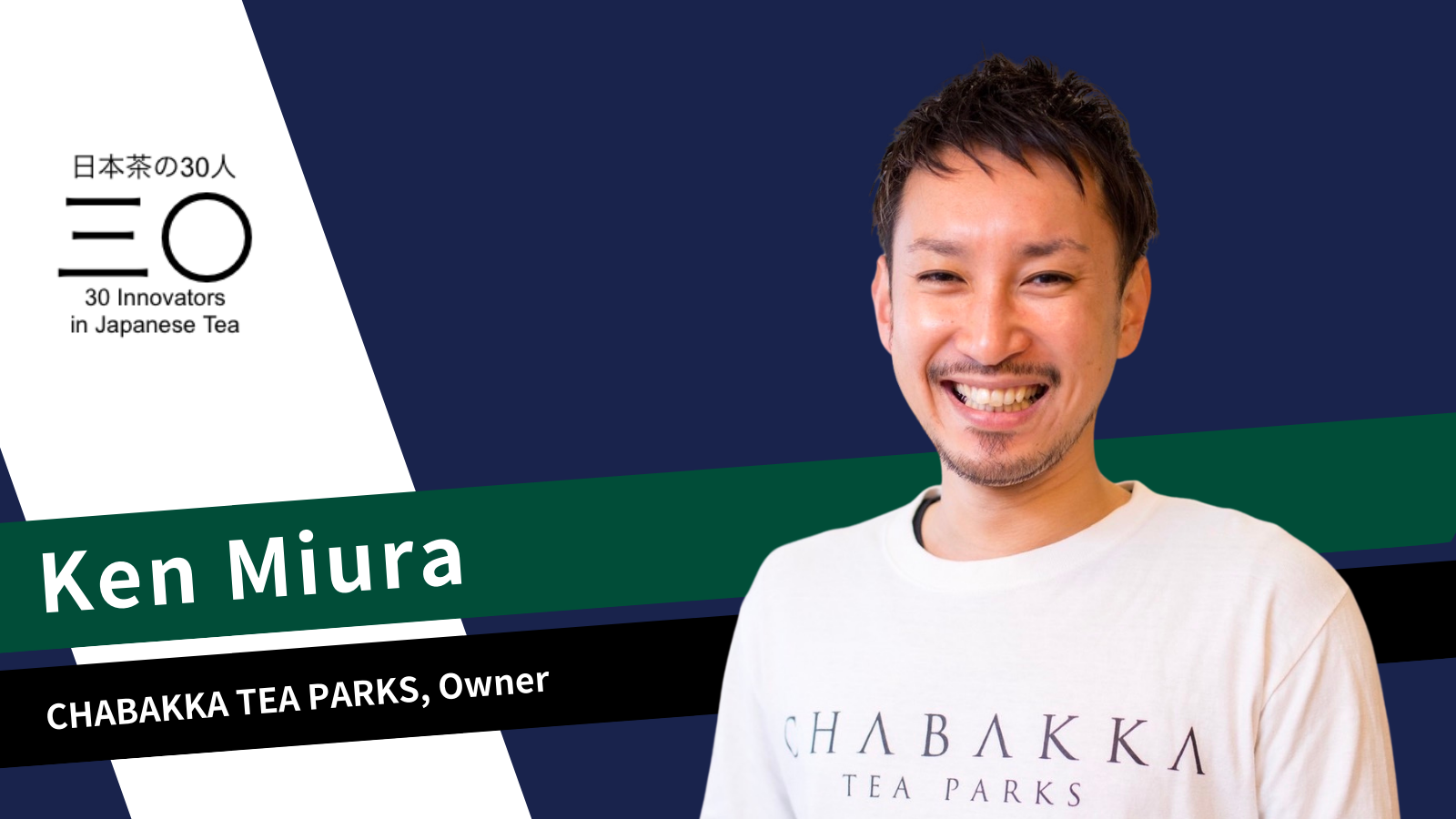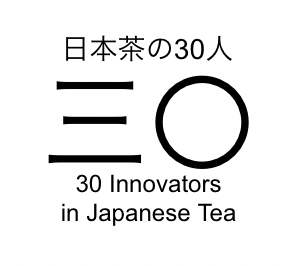If you hear tea and nitrogen gas, and imagine tea leaf preservation, you are probably in the tea industry.
CHABAKKA TEA PARKS, based in Kamakura, was the first company in Japan to offer draft tea – tea that is foamed with nitrogen gas, and that looks just like beer. CHABAKKA TEA PARKS proposes a new way to enjoy tea based on the concept of Japanese tea entertainment in style.
One of their signature menu items – draft tea, is served from a special beer server created after extensive research and development. It is characterized by its creamy foam and mellow texture.
The tea leaves are carefully selected from all over Japan, with the focus on single-origin (from a single farm and a single cultivar). The company also sells a wide range of products, including tumblers, tea incense burners, and T-shirts, as well as food products such as organic salt made with tea and the base of ochazuke (tea flavored rice porridge).
In addition to draft tea, there are many playful items on the menu, such as drip tea, latte, and blended tea. Their unconventional approach gives a taste for the possibilities of Japanese tea.
The second CHABAKKA LABORATORY + TEA ochazuke stand is also located in Yuigahama. And a third shop, three times the size of the Kamakura shop, will open in Atami, Shizuoka Prefecture, in 2024.
We spoke with Ken Miura of CHABAKKA TEA PARKS.
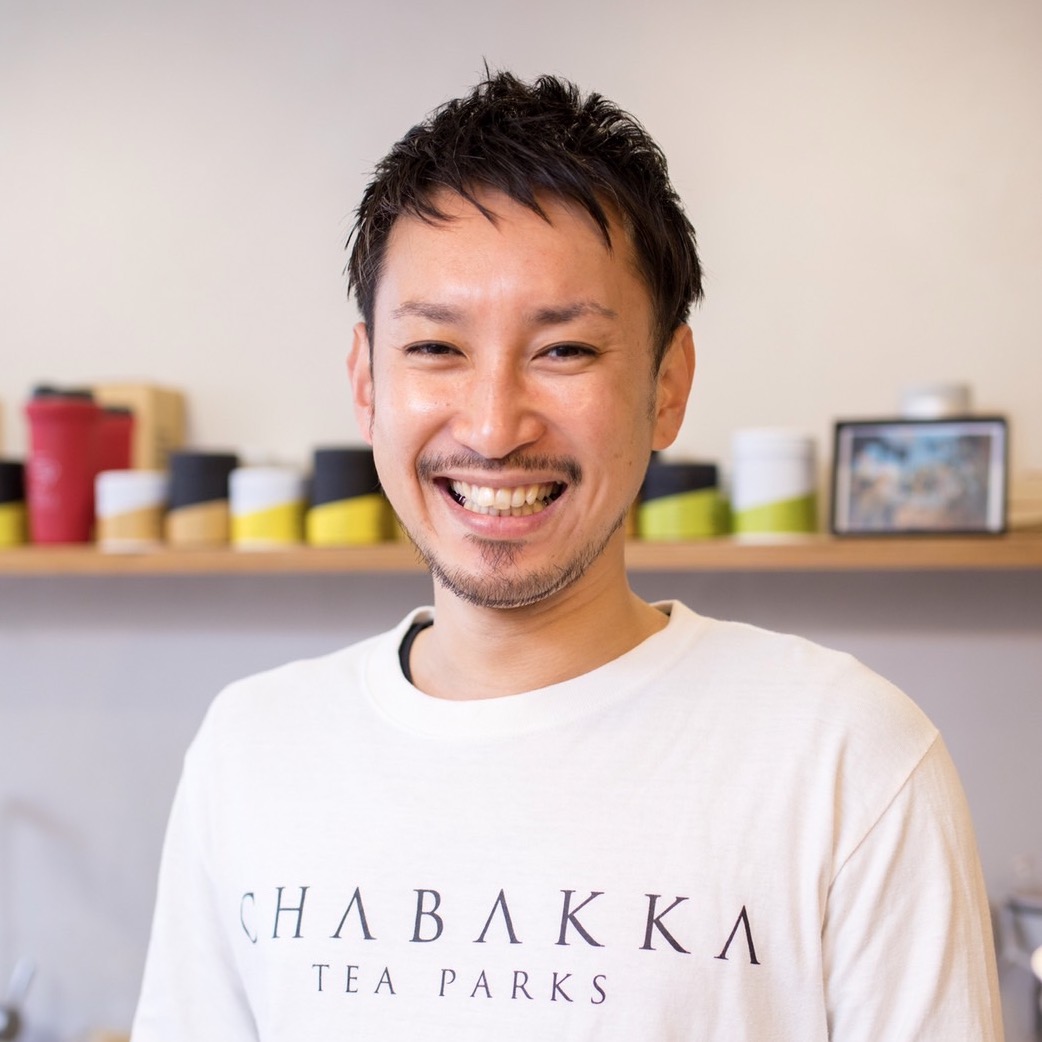
Ken Miura joined TOKYO BASE Co. in 2009. He was a founding member, and as a business department manager, was involved in a wide range of fields including shop management, product planning, human resource development, and the launch of new shops. In 2017, Miura-san retired from the fashion industry, which he had been involved in for about 12 years, and in 2018 established the Third Bay, Inc. of which he is the president. In April of the same year, he opened CHABAKKA TEA PARKS in Kamakura, Kanagawa Prefecture.
Miura-san mainly operates the Japanese tea select shop CHABAKKA TEA PARKS and the sauna &Japanese tea brand SAUNA+TEA. He is also a lecturer at the food school L’ecole Vantan, gives lectures for the government and universities, and provides management consulting and rebranding support for companies. Focusing on traditional Japanese industries and manufacturing sites, which are in decline, he helps to introduce products and services that have new added value through innovative approaches and ideas, both domestically and internationally.
Contents
- 1 First in Japan. CHABAKKA TEA PARKS, the creator of draft tea – tea foamed with nitrogen gas.
- 2 You do not have to use a kyusu to brew Japanese tea. We want everyone to enjoy it in various ways. Draft tea was born from this idea.
- 3 CHABAKKA TEA PARKS, where Japanese tea is enjoyed as entertainment.
- 4 The tea industry is a microcosm of Japan with its many challenges! That is why the future is full of possibilities.
First in Japan. CHABAKKA TEA PARKS, the creator of draft tea – tea foamed with nitrogen gas.
Q: Can you tell us about the draft tea?
Miura: Draft tea is a type of Japanese tea that is foamed by adding nitrogen, and it is the signature menu item of CHABAKKA TEA PARKS. We began offering it upon opening in 2018 and it was the first product of its kind in Japan. The tea is poured from a characteristic beer server using nitrogen pressure, and it looks just like beer.
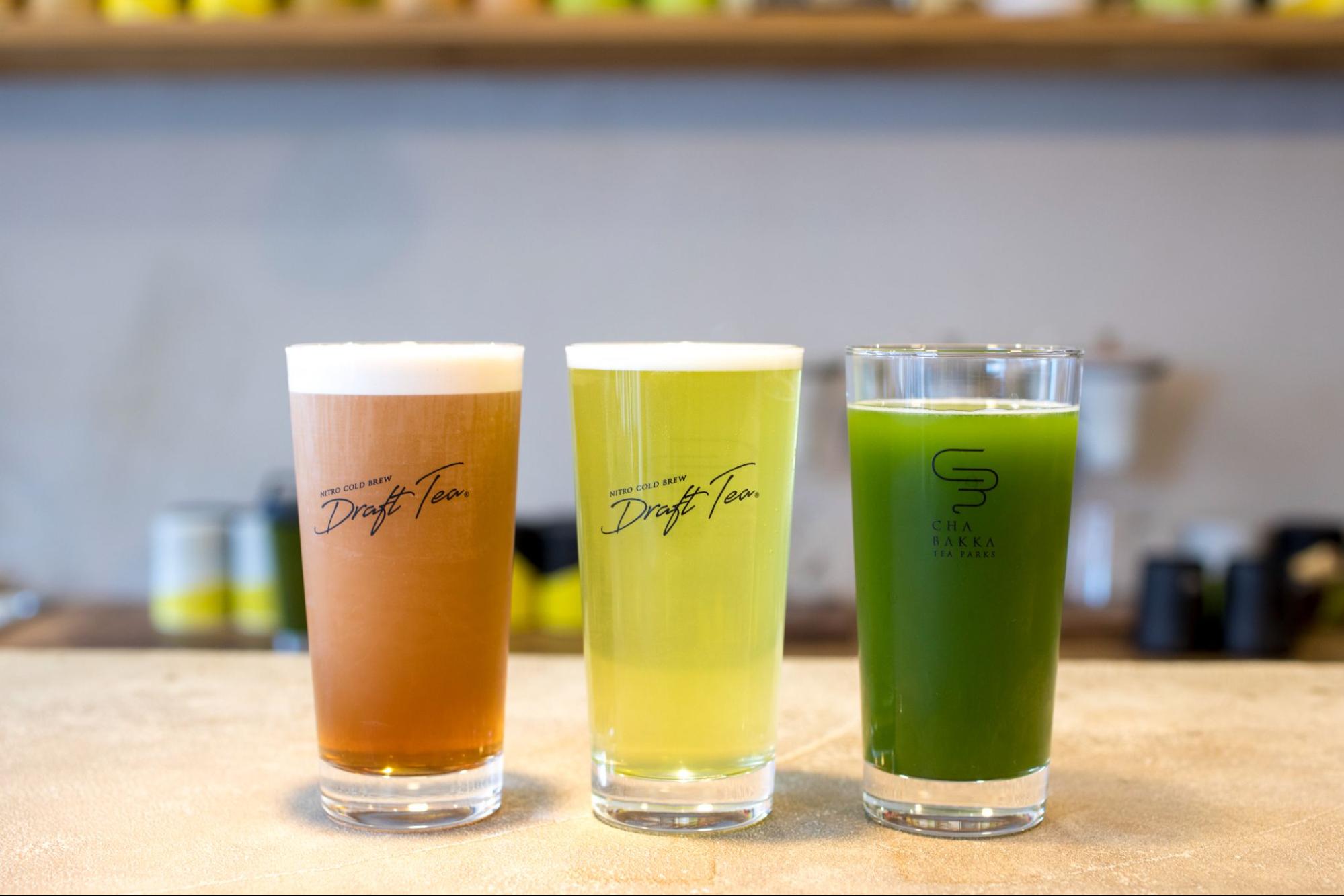
Draft tea is the first of its kind in Japan and is also a trademarked product of CHABAKKA TEA PARKS. It is a highly recommended tea that can only be enjoyed at our shop.
You do not have to use a kyusu to brew Japanese tea. We want everyone to enjoy it in various ways. Draft tea was born from this idea.
Q: What was the inspiration for the draft tea?

Miura: To tell the truth, we did not have the idea to create draft tea at the beginning. The concept of CHABAKKA TEA PARKS was Japanese tea entertainment enjoyed in style, and we wanted to link Japanese tea to fashion, fun and entertainment. We wanted to give our customers an exciting experience unlike anything they have ever had before.
When we went back to the concept and thought about it, we realized that what we should be targeting was not the core group of people who drank Japanese tea on a daily basis, but the customers who were farthest away from it, those who did not usually drink Japanese tea or have any interest in it. Inevitably, the main target age group was late teens to mid-30s.
After thinking about the mindset and daily life of our main target group, we decided to shift away from the traditional brewing methods in order to bring Japanese tea to those people who had no interest in it in the first place. Rather than forcefully telling people to use a kyusu, we wanted to let people know that Japanese tea can be enjoyed in a variety of ways. So we began thinking about and devising ways to brew Japanese tea without using a kyusu.

Then it occurred to us that we could make Japanese tea like beer. If Japanese tea came out of a machine like a beer server, it would be interesting to the younger generation, our main target demographic. So, the main thing that triggered it was the question of how to attract people who are distant from or uninterested in Japanese tea.
Q: Did you design that draft tea server yourself?
Miura: There were people who worked with us, but I basically took the lead in planning, developing, and thinking about what kind of Japanese tea to use and how to brew it.
Q: In addition to the draft tea server, you also use a special coffee dripper to brew Japanese tea, right?
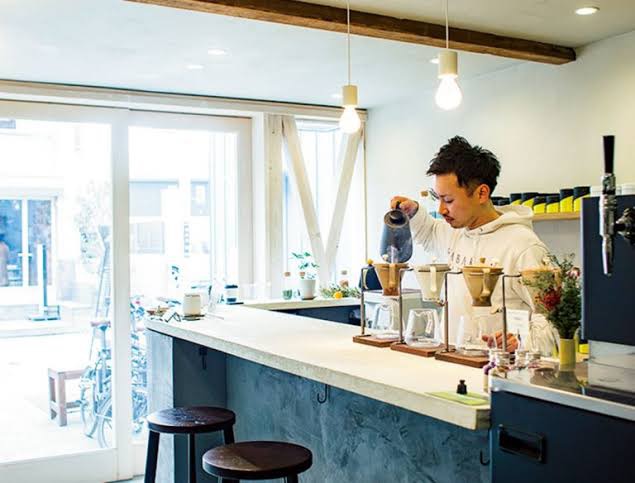
Miura: Yes, it was the result of a lot of thinking about how to attract people who were not interested in Japanese tea. At CHABAKKA TEA PARKS, we also make matcha lattes by shaking them in a cocktail shaker. This way, customers can experience drinking Japanese tea as if they were having a cocktail made for them. We are trying to come up with various ways to make tea as enjoyable as possible.
CHABAKKA TEA PARKS, where Japanese tea is enjoyed as entertainment.
Q: What kind of place is CHABAKKA TEA PARKS?
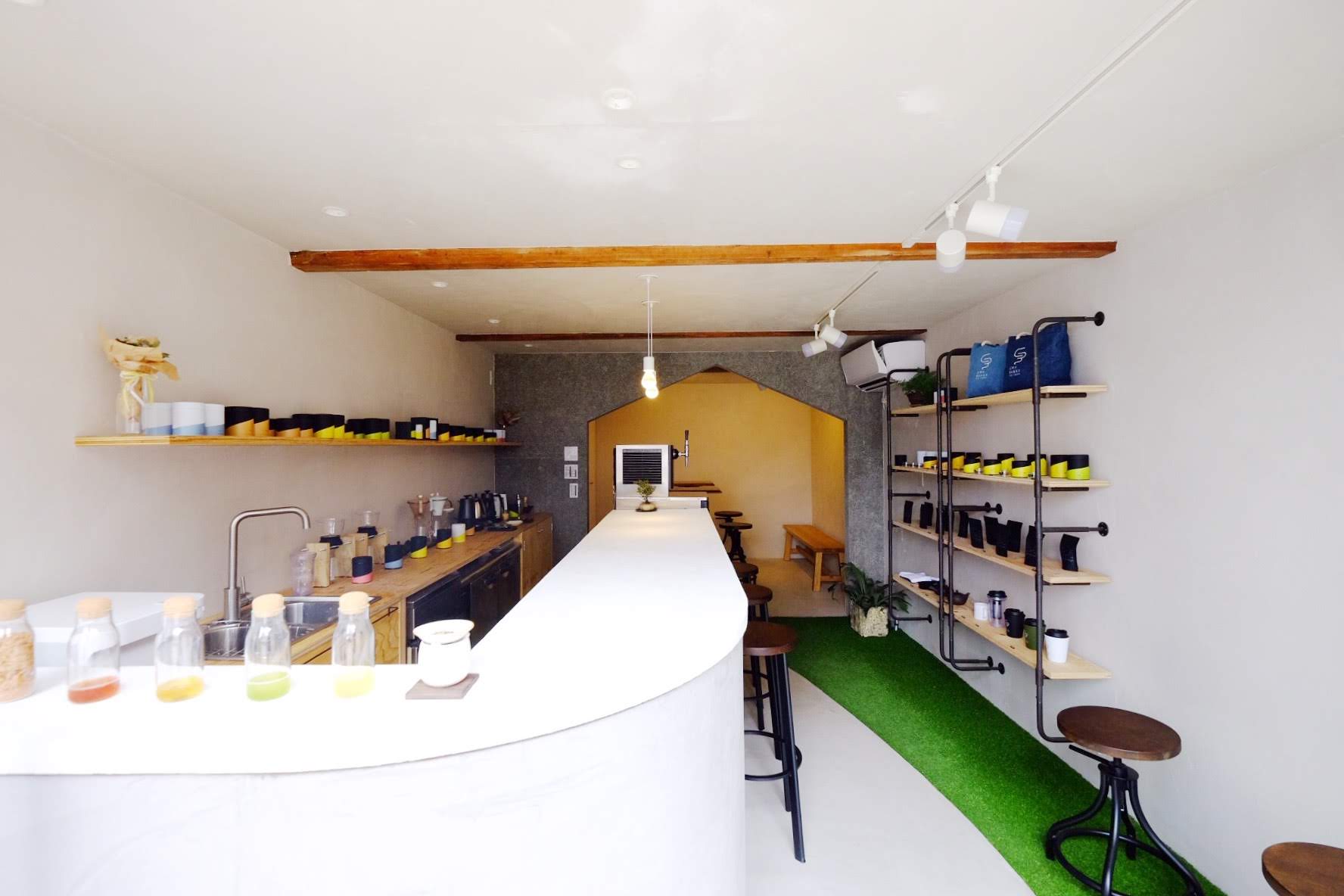
Miura: CHABAKKA TEA PARKS is a place that embodies Japanese tea entertainment enjoyed in style. This is also our concept. For me, CHABAKKA TEA PARKS is a way to fulfill our philosophy: “Change the world, change people, let the future change the past, and create new industries”.
Q: Is the tea industry one area where you would like to realize this phiosophy?
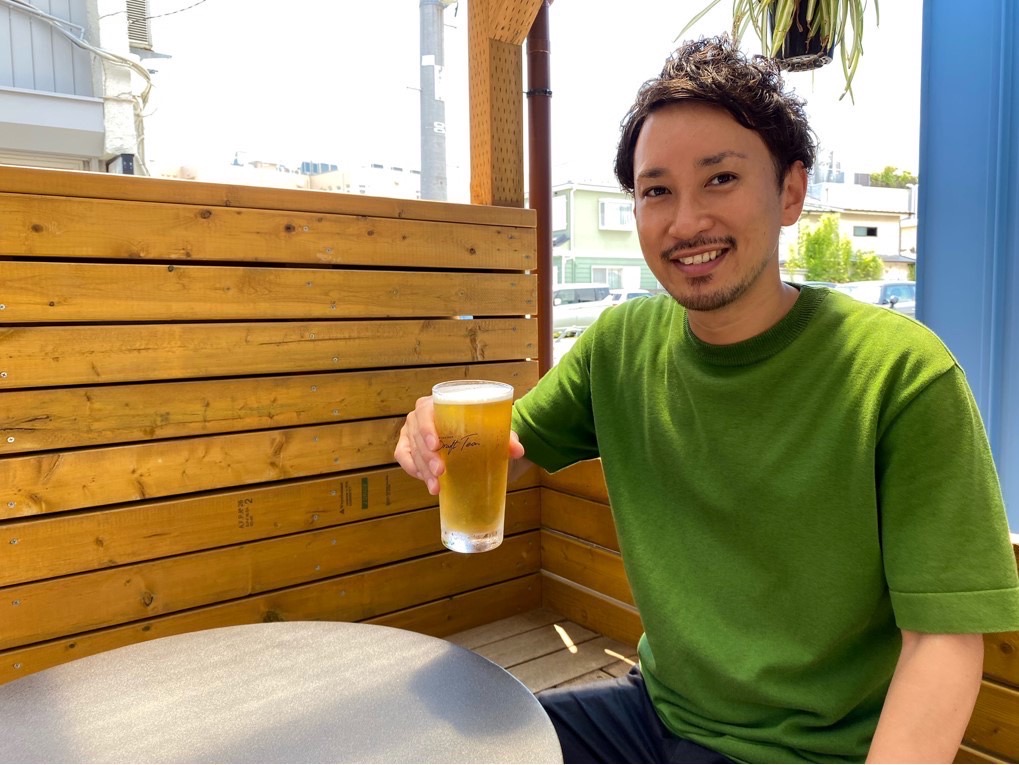
Miura: Well, in addition to the tea industry, we are also focusing on traditional craft industries that have been declining. We hope to turn the attention of our customers to these industries and shine a ray of light on them by approaching them with innovative ideas and perspectives that add value in a completely new way.
Q: What is the best part of running CHABAKKA TEA PARKS?
Miura: There are still many things I do not know about Japanese tea and business expansion. But I enjoy facing the unknown. Taking on challenges is the most fun and fascinating part for me.
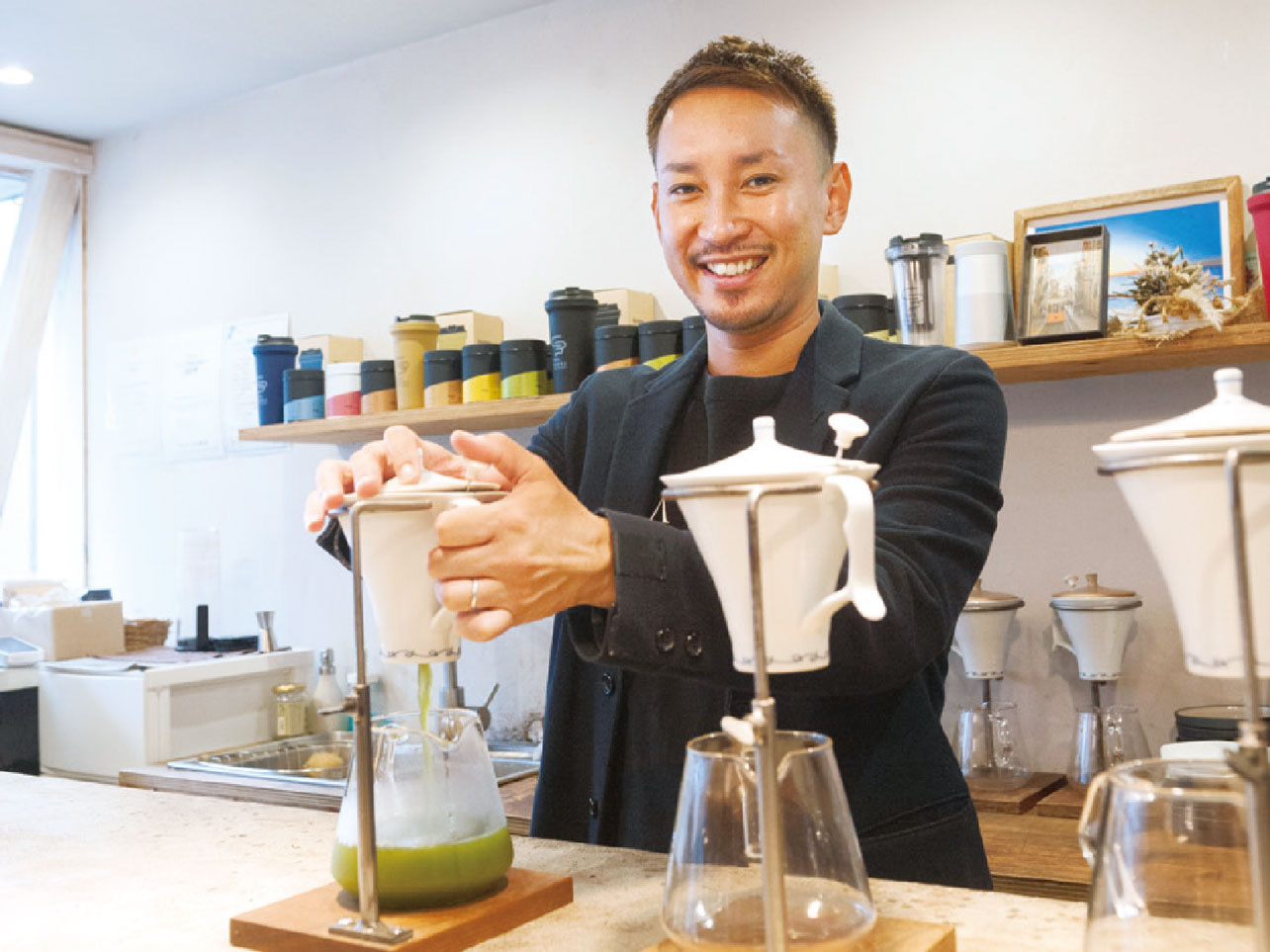
I want to be a game changer who can turn things around and change the course of events. I find joy in thinking about what I can do to achieve this, and in continuing to take action. When I think of my failures as barriers to the next challenge, I find it fun to overcome them.
Q: Is there a secret to coming up with a variety of ideas?
Miura: I think the ideas probably came to me because I had no interest in Japanese tea at first. I came from the apparel industry, a totally different industry from tea. I wonder if what I learned there is still useful.
Q: Do you use benchmarks or references from other industries?
Miura: Basically, I try not to look at other companies in the same industry. Of course, there are people who are working on interesting things. But if I start something similar, it will end up being second best. Even now, I basically refer to the entertainment industry and try to gather information there.
The tea industry is a microcosm of Japan with its many challenges! That is why the future is full of possibilities.
Q: What does Japanese tea mean to you?
Miura: To be very frank, I think the tea industry is a microcosm of the issues facing Japan in general. I believe that there is no future for us unless we do our best to make even the smallest changes possible. However, because it is full of challenges, I believe that the tea industry has a lot of potential, and there is no limit to what we can do.
Q: Do you find it difficult to work with Japanese tea?
Miura: Our target customers at CHABAKKA TEA PARKS are people who have no contact with tea and are far away from it.

Therefore, we have to communicate about tea from the perspective of the customers who are unfamiliar with it and may have a negative impression of it. I think it is difficult to find that balance. It is not right to convey a self-centered interpretation of Japanese tea. In contrast, if we can convey the value of Japanese tea from the customer’s perspective, I think the message will definitely reach them.
Q: What do you think the future of the tea industry will be like? What do you hope it will be like?
Miura: The tea industry still has a lot of room for growth, so I think there are many opportunities.
There may be a need to compete with countries that were the origin of tea culture, such as China and Taiwan. However, if we are able to compete with them, I think there will be a brighter future ahead of us.

I also believe that the tea industry is currently undergoing a period of change. Over the past few years, a variety of initiatives have been born, and I think with the change of generations, more new value will be created in the future. And it will not be limited to just the tea industry.
I believe that we need to create new value for Japanese tea by collaborating with various other industries. How do we intertwine, how do we create synergy, how do we create and expand new things? This is something that should be considered not only in the tea industry, but in Japan as a whole.

